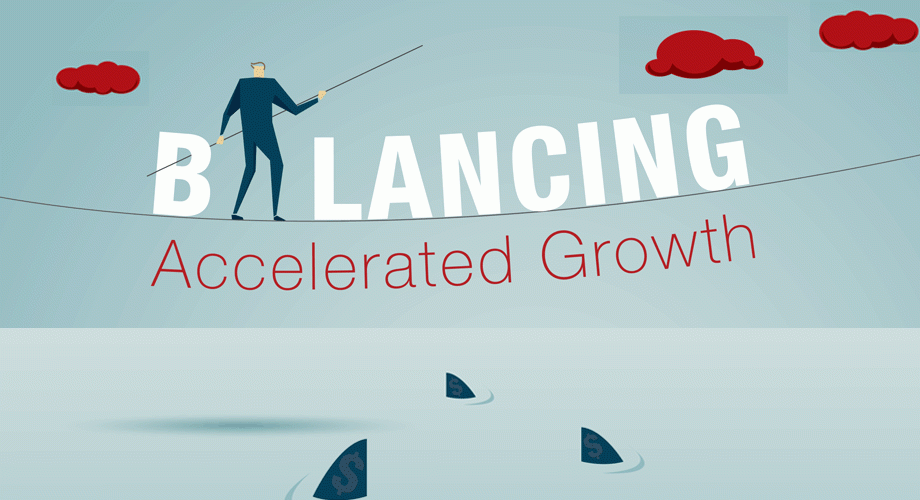During the past 24 months, the multifamily industry has experienced unprecedented growth in demand for rental apartments, rapidly increasing rents, declining vacancies and dramatic increases in asset values.
The combination of the continuing U.S. shift to a rental-based society and the abundance of investment capital that is seeking yield has placed the multifamily industry in the bull’s-eye for investors and operators alike. While the U.S. economy appears to be improving (albeit very slow and far below the recovery period following past recessions), the job market is creating increased numbers of lower wage positions that necessitate renting versus owning solutions.
Renting is increasingly becoming a lifestyle choice for many and the apartment industry is now faced with a delicate balancing act... finding the right balance between managed growth, maintaining product quality and service excellence, controlling operating costs, and investing for the future changes ahead. Over the next 24 months, those owners and/or operators who can successfully balance these four factors will benefit for years to come.
There are several emerging facts that highlight this transformative time within the apartment industry amid the need for careful balance among all aspects and expectations of investors and residents. According to a recent survey, around 14 percent of 24-34 year olds (post-college years) still live at home with their parents. Nearly 51 percent of 18-23 year olds currently live at home. These young adults are much less likely to be: married, working or to have graduated from college. The average starting salary for college graduates (class of 2014) is $48,127, up 6.2 percent over 2013. According to the Wall Street Journal, the average student loan debt for a 2015 grad is $35,000... this is over double, after adjusting for inflation, what student borrowers paid back 20 years ago. Around 7 out of 10 college graduates today have some form of student loan debt... hardly a prescription for qualifying for a home mortgage. This is in addition to the average credit card debt of 2014 grads of around $3,000. Renting (or living at home) for young adults is now a necessity, not an option.
The median age for the first marriage continues to increase to around 29 years for men and slightly over 26 years for women. According to the latest available data, only 26 percent of Millennials get married by age 32 versus 48 percent of Baby Boomers and 65 percent of Silent Generation who were married by age 32. The marriage rate among college-educated adults is far higher than less educated adults. In addition, the percent of adults currently married (around 50 percent) is far lower than it was in 1960 (72.2 percent). For the first time in 2014, the number of unmarried adults outnumbered their married counterparts. The trend toward cohabitation and partnering indicates a continued demand for rental housing.
The U.S. fertility rate has been declining since 2007. Slightly fewer than 4 million babies are born in the U.S. each year. The average age of first-time mothers is now around 26 years versus 21.4 years in 1970. The number of births by age cohort is declining for those under 29 years of age. In 2014, there were nearly 10 million single moms living with children younger than 18, up from 3.4 million in 1970. The percentage of nonmarital births has held steady since its peak of 41 percent in 2009. One of the main reasons for the fertility rate decline, other than the impact of the 2007-2009 recession, is the rapid rise in the number of women in the workforce. Women now comprise 47 percent of the U.S. workforce and, by 2018, will account for 51 percent of the increase in total labor force growth. The median weekly earnings of women who are fulltime workers is around $724 versus $887 for men. This combination of marrying and having children later and lower wages will mean extended years as renters versus homeowners.
Fewer high paying jobs, a declining labor force participation rate (62.6 percent versus 66.4 percent in 2007), over 93 million Americans not in the labor force, over 6 million Americans looking for work and a historically low employment-population ratio (less than 60 percent) are real time indicators of a shift to a more rental-based society. As a result, the homeownership rate has declined steadily from a peak of 69.2 percent in June 2004 to now 63.7 percent and contributed to rising apartment rental rates. For the first time, U.S. homeownership rate has declined below the 1965-1999 average. The demand for affordable housing has also risen. Renting has become the first, not optional, choice.
Check out the Executive Summary for more.
